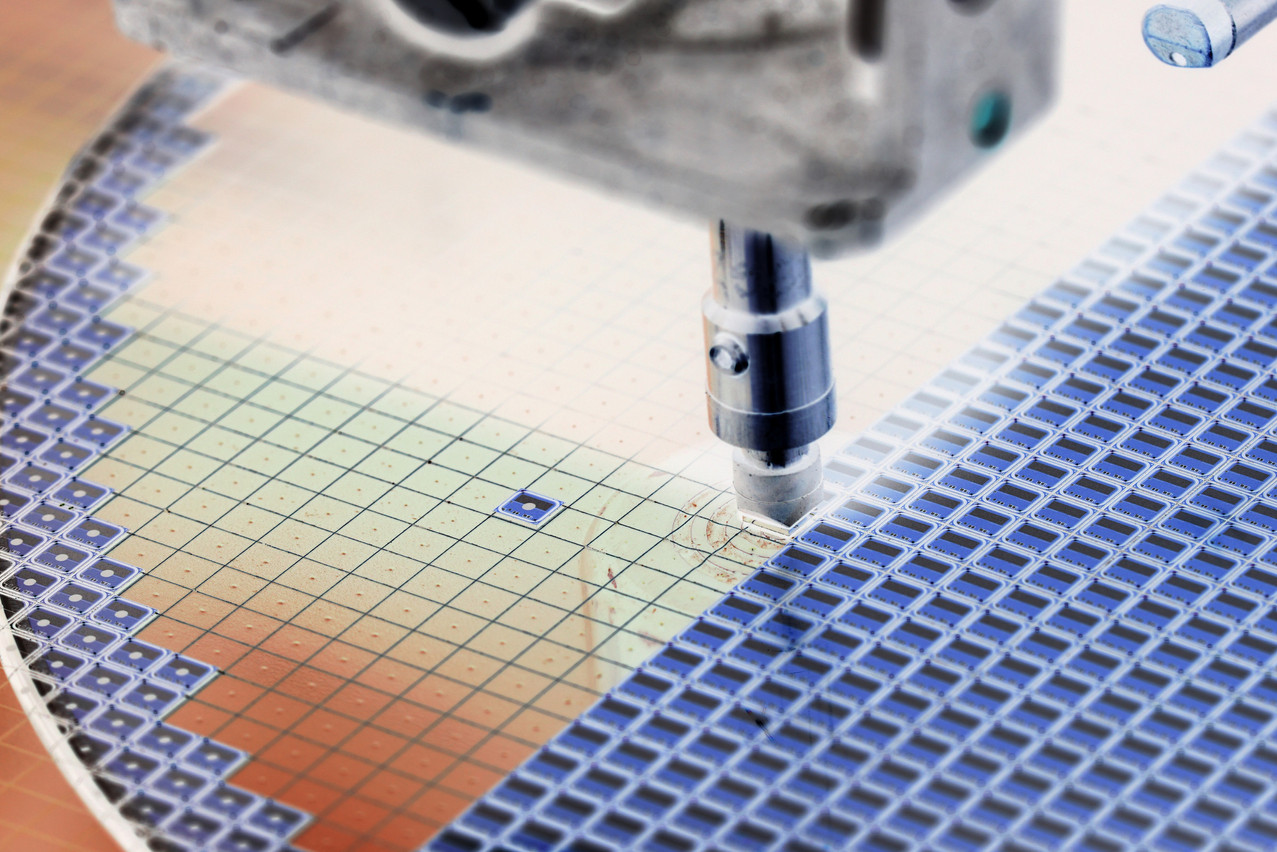Twenty years ago, a company creating semiconductor chips would have been permitted to have a gas contamination standard of one ppm--particle per million--in the manufacturing process. Nowadays, that’s down to one ppb.
“b” for billion.
In the words of Damien Lenoble, director of material research at the Luxembourg institute of science and technology (LIST), that is “really, really, really, really small”.
The point of these contamination regulations is chiefly environmental: the gases used in the high-tech process of making semiconductor chips cause microparticle emissions when coming into contact with metals. To that end--though also in response to a reliance on Asia for such chips--the European Commission earlier this year introduced the European Chips Act, a framework meant to bolster the chip industry in Europe. For manufacturers, the immediate imperative is to find any and all ways of reducing sources of contamination.
It’s in this context that LIST signed on 13 December with Rotarex, a Luxembourg company that makes gas control systems. In particular, Rotarex produces the valves that control the extremely pure (but also “aggressive” and “nasty” as Lenoble explains) gases needed to make the chips.
The project
In the first phase of the two-year project, experts from LIST will develop two new materials with which to treat these valves. “One way of [protecting the valves] is to basically coat the inner part… with layers of thin films composed of resistant materials,” explains Lenoble.
After the most effective material is found, the project will then pivot: the two organisations will look into how to commercialise and mass-produce it. Lenoble notes that the market size for valves in the semiconductor industry is massive, much higher than a billion euros per year. Regarding commercialisation, he mentions possibilities such as a collaboration with a coating company or a LIST spinoff startup that offers the service to Rotarex.
The project resulted from one of the recurring meetings that the LIST has with Rotarex where potential collaborations are discussed. “We have regular exchanges something like every six months about hot topics they have on their side regarding their R&D roadmap,” Lenoble says.
“Depending on the topic, we identify the [issue] that we could really try to help them in solving.”
Investing in semiconductor technology
The project budget is €1.7m, funded partly by Rotarex and partly by the economy ministry and the higher education ministry (via a grant to LIST). Lenoble did not disclose the precise breakdown, stating only that by law the minimum investment on the LIST side for such a public/private partnership is 10% (i.e. €170,000). Rotarex declined an interview and, at time of writing, has not responded to an additional query about how the budget is divvied up.
Lenoble also points out that for LIST the project’s value exceeds this single investment, noting that in the bigger picture the institute has been building up its expertise in thin film coatings, along with the relevant facilities and equipment, over the past ten years--with help from the higher education ministry.
Furthermore, the outcome of this project will be valuable to LIST beyond the Rotarex context. “This solution will be developed for valves, but we can also easily imagine that for other applications a similar solution could also be used,” the director of material research comments. “This is also the reason why LIST and [the higher education ministry] have invested in such a project--because then we have intellectual properties that we are free to use outside the specific domain of Rotarex.”
